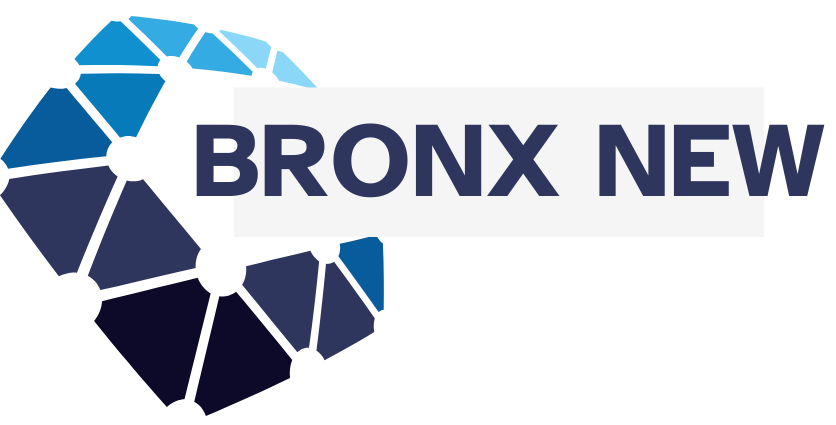As investment landscapes evolve, learning how to invest in Web3 startups offers promising opportunities for financial growth and contributing to digital transformation. The Web3 ecosystem leverages blockchain technology, providing decentralized solutions across industries. By understanding this dynamic environment, potential investors can make informed decisions.
Understanding the Web3 Ecosystem
The Web3 ecosystem is a transformative shift from the traditional internet. It’s all about decentralization, blockchain technology, and empowering users. At its core, Web3 envisions a digital landscape where individuals control their data and transactions are transparent.
Exploring this new ecosystem requires understanding the different layers that compose Web3. These include blockchain platforms like Ethereum, decentralized applications (dApps), cryptocurrencies, and smart contracts. Each part plays a unique role in creating a more open digital world.
Central to the Web3 ecosystem are the principles of decentralization and user sovereignty. Unlike Web2, where big companies control most of the data and infrastructure, Web3 leverages peer-to-peer protocols. This ensures users have more power and control over their digital interactions.
Furthermore, immersion into the Web3 environment opens investment opportunities. By understanding these foundational elements, investors can better evaluate and identify promising startups in the space.
Finally, staying updated on trends and technological advancements within Web3 is crucial. This dynamic ecosystem evolves rapidly, and being informed is key to capturing the potential rewards of investing in this digital frontier.
Evaluating Web3 Startup Potential

When evaluating the potential of a Web3 startup, several key factors must be considered to ensure a sound investment. Begin by assessing the team behind the project. A strong, experienced team with a clear vision and proven track record increases the likelihood of success.
Innovation and Uniqueness
Consider the level of innovation and how the startup differentiates itself within the competitive Web3 landscape. Evaluate whether the project’s technology provides a unique solution or improvement over existing options.
Market Demand and Addressable Audience
Understanding the market demand is crucial. Investigate whether there is a sizable and reachable audience for the startup’s offerings. A clear use case and audience can make the difference between success and failure.
Check the startup’s product development stage. A functional prototype or minimum viable product (MVP) demonstrates feasibility and potential market integration.
Community Engagement
Community plays a vital role in Web3 projects. Assess the level of community interest and engagement. Projects with active, passionate communities tend to be more resilient and can create organic growth and support.
Regulatory compliance is another essential consideration. Ensure the startup is aware of, and compliant with, relevant legal requirements to avoid roadblocks.
Partnerships and Collaborations
Strong strategic partnerships can significantly bolster a startup’s credibility and provide additional resources and exposure. Investigate any existing or prospective partnerships.
Finally, examine financial health and funding. Scrutinize financial documents and funding patterns to determine financial stability and growth potential.
Financial Strategies for Web3 Investment
When investing in Web3 startups, it’s essential to adopt effective financial strategies to maximize returns and minimize risks. Consider diversifying your portfolio by investing in various sectors within the Web3 space, such as blockchain infrastructure, decentralized finance (DeFi), and non-fungible tokens (NFTs). This approach can help spread risk and capitalize on different growth opportunities.
Due diligence is crucial. Before investing, thoroughly research the startup’s team, technology, and market potential. Evaluate their roadmap and partnerships to assess the project’s viability and potential for long-term success. Look for projects with a strong community and active development.
Another critical strategy is to stay informed. The Web3 landscape is rapidly evolving, so keep up with the latest trends and news. Following key thought leaders and joining relevant forums can provide valuable insights into promising projects and emerging technologies.
Risk management plays a vital role in Web3 investments. Only invest money you can afford to lose, as the volatility in the sector can lead to substantial gains but also significant losses. Setting clear entry and exit points can help protect your investment.
Consulting with a financial advisor experienced in digital assets can provide guidance tailored to your investment goals. This approach ensures you’re making informed decisions that align with your financial strategy.
Risks and Rewards of Web3 Investing

Investing in Web3 comes with a unique set of risks and rewards that potential investors need to consider. One of the significant risks involves the volatility of cryptocurrencies and token-based assets, which are often at the heart of Web3 investments. These digital assets can experience drastic fluctuations in value within a short period, making them a high-risk investment.
Another risk is the regulatory uncertainty surrounding Web3 technologies and cryptocurrencies. As governments worldwide continue to develop policies and frameworks to oversee these digital innovations, investors may face challenges related to compliance and legal implications.
Nevertheless, there are substantial rewards associated with Web3 investing. The potential for significant financial gains cannot be overlooked, especially as successful Web3 projects can yield high returns. Investors in the early stages of Web3 startups, particularly those that later disrupt industries, can experience exponential growth in their investments.
Moreover, Web3 offers strategic advantages such as decentralization, which can lead to more resilient and democratic business models. Being part of these new models can provide investors with not only financial returns but also opportunities to support technological advancements and innovation.





